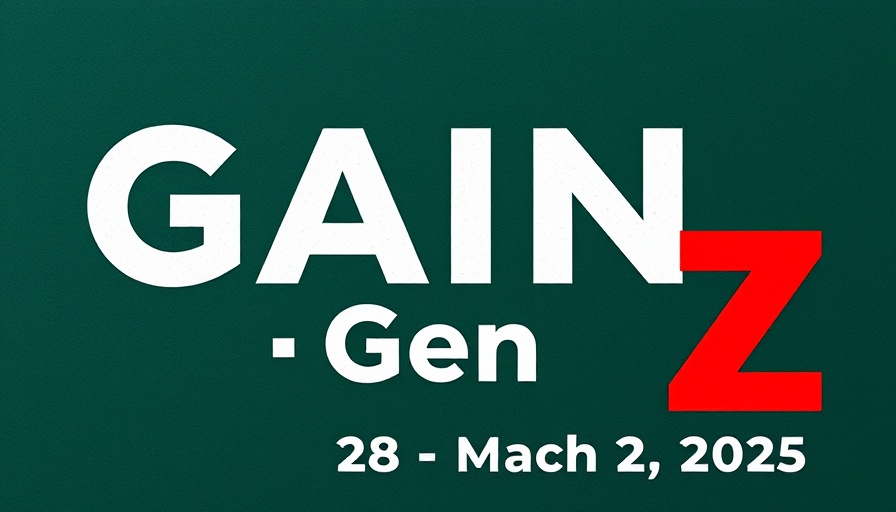
AdventInnovate: Bridging Tradition and Technology in the SDA Community
With the rapidly evolving technology landscape, how can the Seventh-day Adventist (SDA) community best engage Generation Z? The AdventInnovate initiative aims to tackle this challenge, focusing on how to effectively integrate faith with the latest technological advancements. By nurturing a culture of innovation, the goal is to equip younger generations with tools to deepen their spiritual connection while navigating modern societal pressures.
Why Generation Z Matters
Generation Z, typically defined as those born between 1997 and 2012, represents the first generation raised entirely in the digital age. This demographic is characterized by a unique blend of cultural awareness, technological savviness, and a desire for authenticity. As members of the SDA faith community reflect on how to reach this group, understanding their values is paramount.
Historical Context and Current Engagement
The SDA church has a long history of mission-driven work focused on health, education, and spiritual growth. In many instances, these principles have remained unchanged. However, today’s youth are asking for relevance in their faith practices and traditional teachings. The AdventInnovate initiative seeks to change the way these teachings are delivered; through apps, interactive platforms, and digital storytelling, the church can offer a modern twist on timeless values.
Building a Community of Inclusivity
For Generation Z, inclusivity matters deeply. They thrive in environments where voices are heard and diversity is celebrated. This means that for the SDA community to be effective in reaching younger members, it must actively promote discussions that span cultural, racial, and socio-economic backgrounds. Initiatives like AdventInnovate aim to not only connect youth with the gospel but also encourage dialogue about social issues that affect their generation.
Implementing Technological Innovations
From apps that facilitate Bible study to online platforms where members can share their stories, technology can serve as a bridge between tradition and modernity. For example, creating an interactive Bible app can make scripture more approachable and engaging for youth. Integrating social media campaigns can also help spread messages of faith while providing a relatable context for young individuals. AdventInnovate is committed to helping young people see faith as part of their daily lives, not just something confined to Sabbath services.
Counterarguments and Diverse Perspectives
While there is enthusiasm for integrating technology into the faith, some argue that such approaches could dilute religious teachings. Critics often express concern that digital distractions might detract from personal connections and community building. It is crucial that initiatives like AdventInnovate address these concerns openly, ensuring that technology enhances rather than replaces meaningful experiences. Creating moments for personal evangelism and community involvement can help alleviate these fears.
The Future: What Lies Ahead for SDA Engagement?
As the SDA community navigates the landscaping of modern engagement, there lies an opportunity to adapt and innovate. The integration of digital platforms can offer new ways for members to learn and connect, all while remaining true to their beliefs. As they move forward, efforts must be made to evaluate the effectiveness of these technologies in fostering faith and community among the youth.
Conclusion: Take Action with AdventInnovate
The AdventInnovate initiative represents an exciting venture for the SDA community, focusing on innovative approaches to reach Generation Z. As we embrace new technologies, we should also remember the core values of our faith tradition. Engaging with this generation requires a delicate balance of tradition and innovation, presenting a unique opportunity to redefine what it means to live out faith in today’s world. If you're part of the SDA community, consider how you can contribute to this dialogue and help shape the future of faith for Gen Z.
 Add Row
Add Row  Add
Add 




Write A Comment